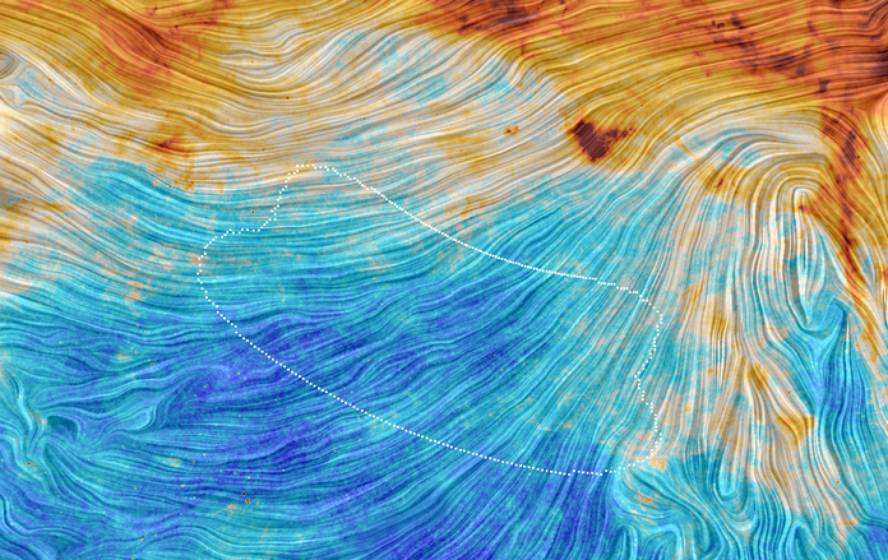The detection of the footprint of gravitational waves cannot be confirmed
Updated on 09/02/2015 with the statements of the cosmologist of the UPV Jose Juan Blanco Pillado
Since BICEP2 published its results last year, scientists have been waiting for Planck's results. In fact, the detection of the BICEP2 telescope in the background microwave radiation took place in March last year. It seemed that remnants of gravitational waves after the Big Bang had been detected. In fact, it was a certain type of polarization, the so-called B mode, and it was considered that they found it.
Among the scientists, the news shocked much because it would be a cosmic inflation test and would show that 30 years earlier the theory proposed by Alan Guth and Andrei Lind was correct. However, many others took the news with caution and BICEP2 researchers have recognized that another group should confirm the detection to give it good. Hence the curiosity to know the results of this study.
And in the end they could not confirm the detection of last year. Efforts have focused on differentiating whether the polarization detected is due to gravitational waves or cosmic dust in the Milky Way.
BICEP2 is located in the South Pole and collects data in a single microwave frequency, while Planck is in a satellite and receives data in nine frequencies. In addition, it is responsible for measuring the dust of the Milky Way. In addition to the data of both, the study included those of the Keck telescope, as well as the BICEP2, located in the South Pole.
Therefore, after analyzing all the data, it was expected to differentiate the origin of the signals. However, the study has shown that much of the BICEP2 signal is originated by dust. However, the researcher of the UPV, José Juan Blanco Pillado, has warned that "this does not mean, at all, that the theory of inflation is erroneous, but with the current results it has not been possible to affirm what announced last year".
What's more, for Blanco, searching for the footprint of gravitational waves in the microwave background is still "a good idea." Other groups, such as SPT, ABS, ACTpol and CLASS, as well as EBEX, SPIDER and PIPER balloons, are also trying to detect polarization like B.
Somehow, for them, it has been very useful the curiosity that has aroused around the subject. At least that's what Blanco thinks: "For the community of cosmologists it has been a very exciting streak, very productive for the sector. Our hope is that one of the groups that aims to detect polarization is successful and can safely confirm the theory of inflation."
Blanco himself has acknowledged that the results of the investigations have greatly impacted: "I've had great ups and downs. At first I was very surprised with the results of the BICEP2. The signal detected was among the announced values. It seemed that nature was honest with us and that it allowed us to easily demonstrate inflation. Then we go from scare to horror: if the signal is real, we would open the window of understanding the first moments of the universe! This lasted little since the suspicion was soon generalized that it could be due to dust. Unfortunately, we have seen that suspicion was correct, but I have not lost hope."






